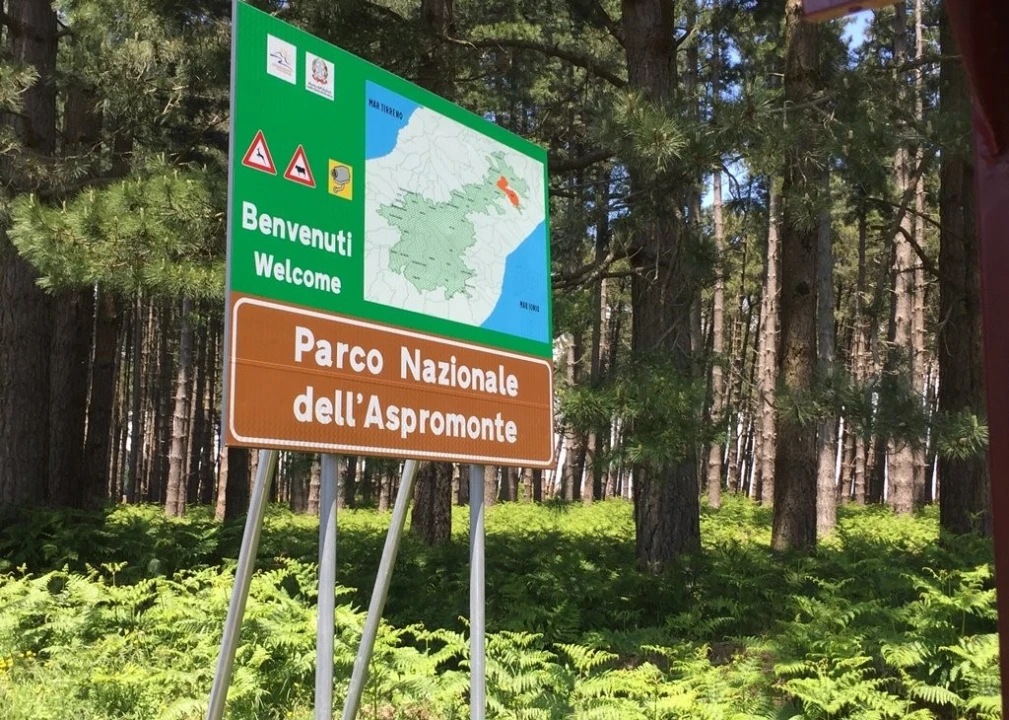The Aspromonte National Park, whose name derives from the range of the same name, is located in the province of Reggio Calabria, in a protected natural area. It was created in 1989, and in 1994 its territory was defined: the original extension of 76,000 hectares was subsequently reduced to the current 64,153.
The Aspromonte Range, which is part of the complex of the Calabrian Alps, is mainly composed of igneous (granite) and metamorphic (gneiss and schist) rocks. Some peaks are almost 2,000 metres high: the highest is the Montalto with 1,955 m. The scenery that can be admired from above is amazing: Etna and the Aeolian Islands create a perfect combination. Suggestive views are also offered by Lake Rumia and Lake Constantine, located respectively in the vicinity of Gambarie and in the valley of Bonamico.
The morphological appearances of the Park, characterized by a low latitude, a variation in altitude and proximity to the sea, generate a great botanical and faunistic heterogeneity, including rare species.
About the flora, on the Ionian side deciduous oaks such as downy oaks (Quercus pubescens), oak (Quercus petraea) and downy oaks (Quercus frainetto) predominate, while chestnut trees (Castanea sativa) are frequent on the Tyrrhenian side.
Along the coastal strip you will find the Mediterranean scrub xerophilous (Pistacia lentiscus, Myrtus communis, Erica arborea, Arbutus unedo, Euphorbia dendroides, etc.), while citrus and olive trees populate mainly the cultivated areas.
In the inland areas and at high altitudes the forest vegetation is predominant. At low altitudes the holm oak (Quercus ilex) prevails, from 600 to 800 metres the deciduous and coniferous trees, to give way, between 800 and 1700 metres, to the black calabrian pine or larch pine (Pinus nigra subsp. laricio). Above 1200 metres there are the silver fir (Abies alba) and the beech Fagus sylvatica).




